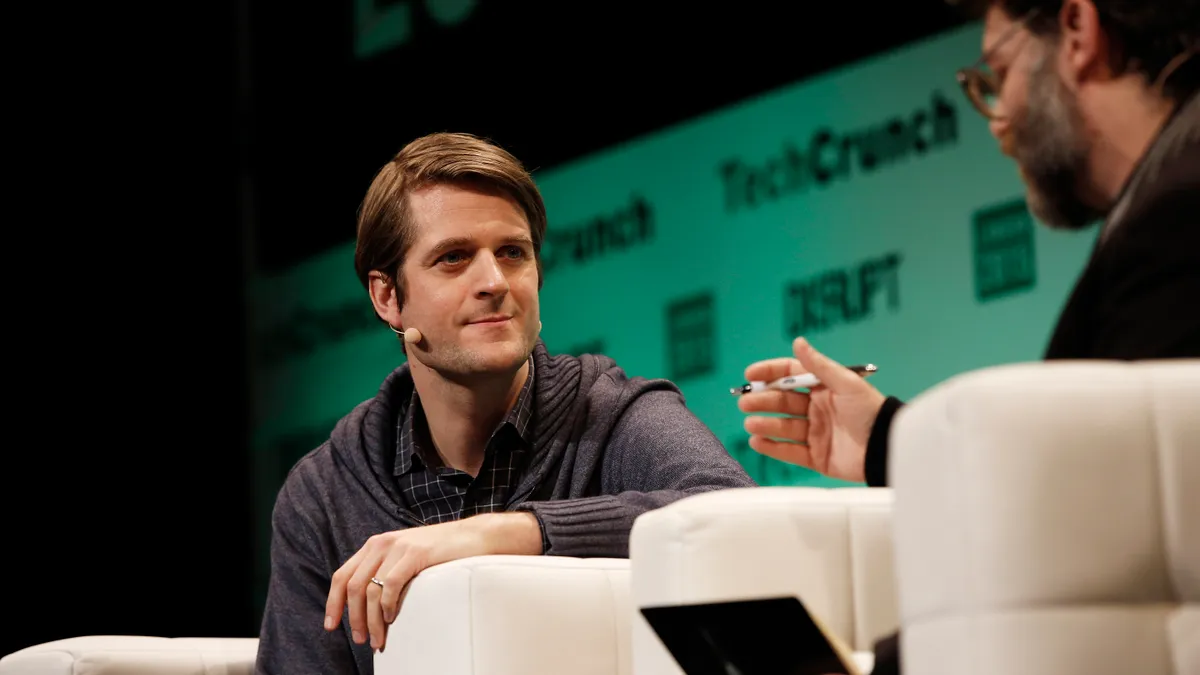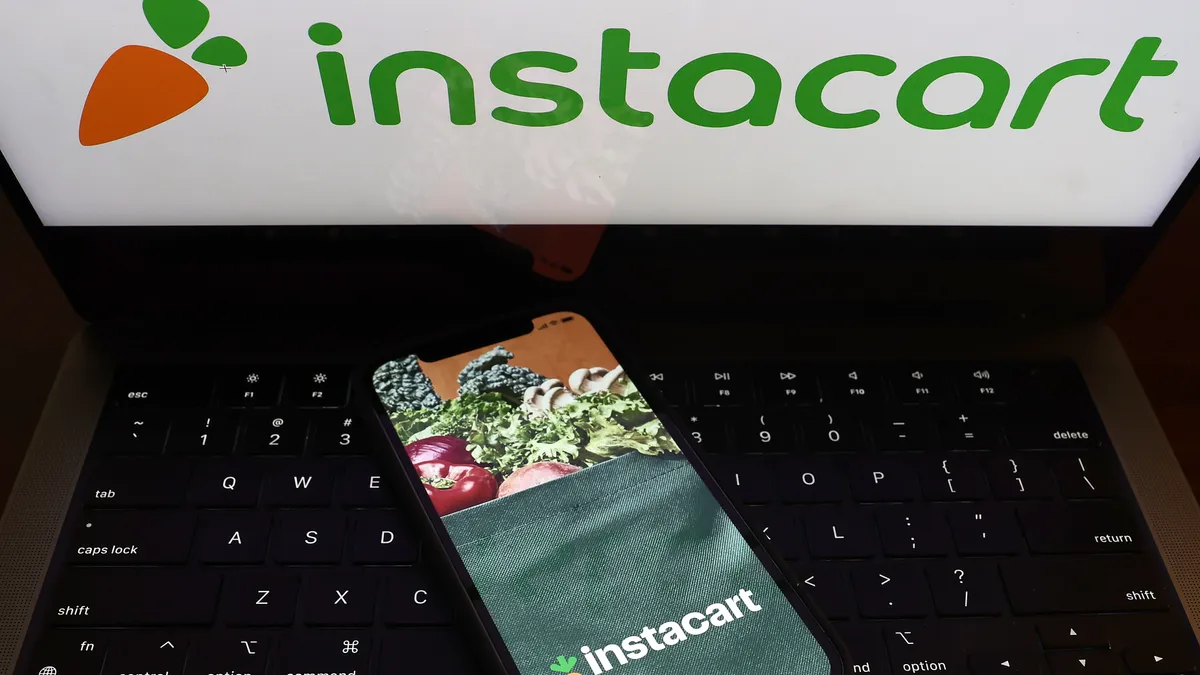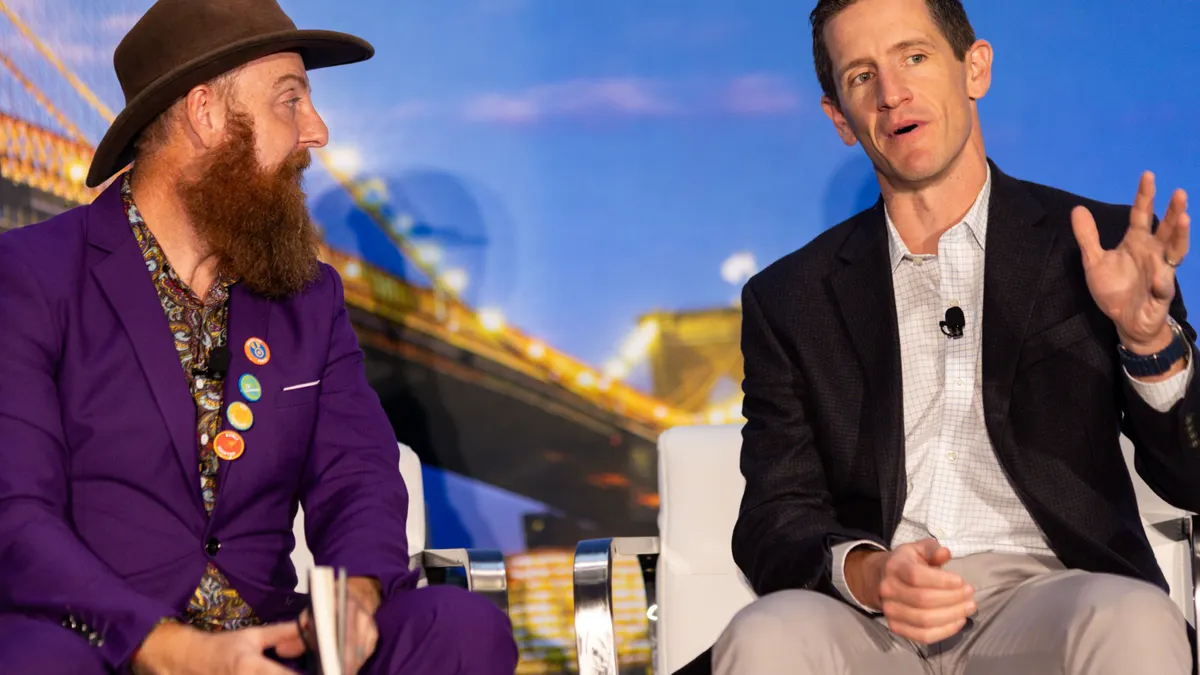Editor’s note: The following is a guest article by Mark Levy, head of consumer product and customer experience at Frontier Communications and author of “The Psychology of CX 101: Master the Hidden Drivers of Customer Behavior,” released Tuesday.
We've all been in that meeting. The one where the dashboards glow green, the journey maps are laminated, and the NPS score has ticked up a precious point. We celebrate the wins: the optimized CRM, the smarter bot, the new recommendation engine.
Then you read the customer verbatims.
"One curt email… one confusing checkout screen… one tone-deaf script…" and a loyal customer vanishes. Not because the technology failed, but because in a crucial moment, the experience felt wrong.
That's the signal we've been missing. For the past decade, we've been sharpening our tools. But the next great leap in customer experience won't come from another dashboard. It will come when we stop just mapping processes and start designing for how people actually think, decide and feel.
It will come from psychology.
I've watched leaders celebrate a rising net promoter score while the surveys are full of notes like, "Thanks for fixing my issue, but I don't trust it won't happen again." Our metrics tell us what happened. Psychology finally explains why.
And the "why" is no mystery. Decades of behavioral research have shown that humans are not rational calculators. We are wired with biases and shortcuts. We're nudged by defaults, spooked by the fear of loss, and paralyzed by too many options. This isn't theory; it's happening in your checkout flow right now. That abandonment rate that climbs the moment you add "just one more" option? That's choice overload in action.
Now, take a look at the masters of the craft. When Amazon launched its 1-Click button, it felt like magic — almost a little dangerous. It surgically removed the pause where we ask ourselves, "Do I really need this?" By eliminating friction, Amazon didn't just make buying easier; they short-circuited a moment of rational deliberation.
Let's be blunt: customer expectations are at an all-time high, and loyalty is tissue-paper thin. PwC found that nearly one-third of customers will walk away from a brand they love after a single bad experience. One.
When switching costs are near zero, the competitive edge isn't who has the shiniest AI. It's who uses human science to craft moments that resonate and stick. These moments are often invisible until you look at them through a behavioral lens.
So, what does this look like in practice? It means reframing our work around four core principles.
Stop being clever. Start being clear.
People use mental shortcuts to navigate the world. Meet them there. Every extra field, every ambiguous button, every piece of jargon is a tax on their attention. A tax they will refuse to pay. Hide complexity. Label buttons with verbs. Make the next step ridiculously obvious.
Design for feelings, not just fixes.
A "resolved" ticket is a failure if the customer felt dismissed or unheard. Train agents for tone and empathy. Empower them to use plain language, not legal boilerplate. Relief, trust, and validation are the currencies of loyalty, not just speed.
Build trust on purpose.
Trust is fragile and built in small increments. Be transparent about delays. Promise a little less and deliver a little more. When things break, narrate the fix. Customers will forgive an error they understand; they will never forgive being left in the dark.
Obsess over the ending.
The peak-end rule, a cornerstone of psychology, shows that people judge an experience based on its most intense point — the peak — and its end. This means the final confirmation screen, the follow-up email, or the last thing an agent says has a disproportionate impact on the customer's entire memory. You can be merely adequate in the middle and still win if you finish strong.
The moment you mention psychology in a boardroom, you can see the eyes roll. It feels "soft." Unquantifiable.
Nothing could be further from the truth. If you believe choice overload is real, remove three options from your pricing page and measure conversion. If you believe tone matters, A/B test two different opening scripts in your call center. If you believe endings anchor memory, improve your final touchpoint and monitor customer retention. This is not guesswork. It's the most testable, data-driven work you can do.
And yes, AI fits perfectly here. Use it to automate the tedious tasks customers loathe. Let it anticipate intent and route requests flawlessly. But recognize that a customer doesn't leave a chatbot thinking, "That interaction was 98.7% accurate." They leave thinking, "That was frustrating," or "That was surprisingly easy."
The feeling is what lingers. The math is not.
The mandate for CX leaders is shifting. Stop just hiring data engineers and start hiring behavioral scientists. Filter every journey map through a psychological lens. Reward your teams not just for shaving seconds, but for reducing cognitive load and earning trust.
Technology sets the stage. But it's psychology that earns the standing ovation. And when we finally start designing for the human brain, our customers won't just complete a transaction. They'll come back, they'll stay, and they'll become your most powerful marketing engine.

















